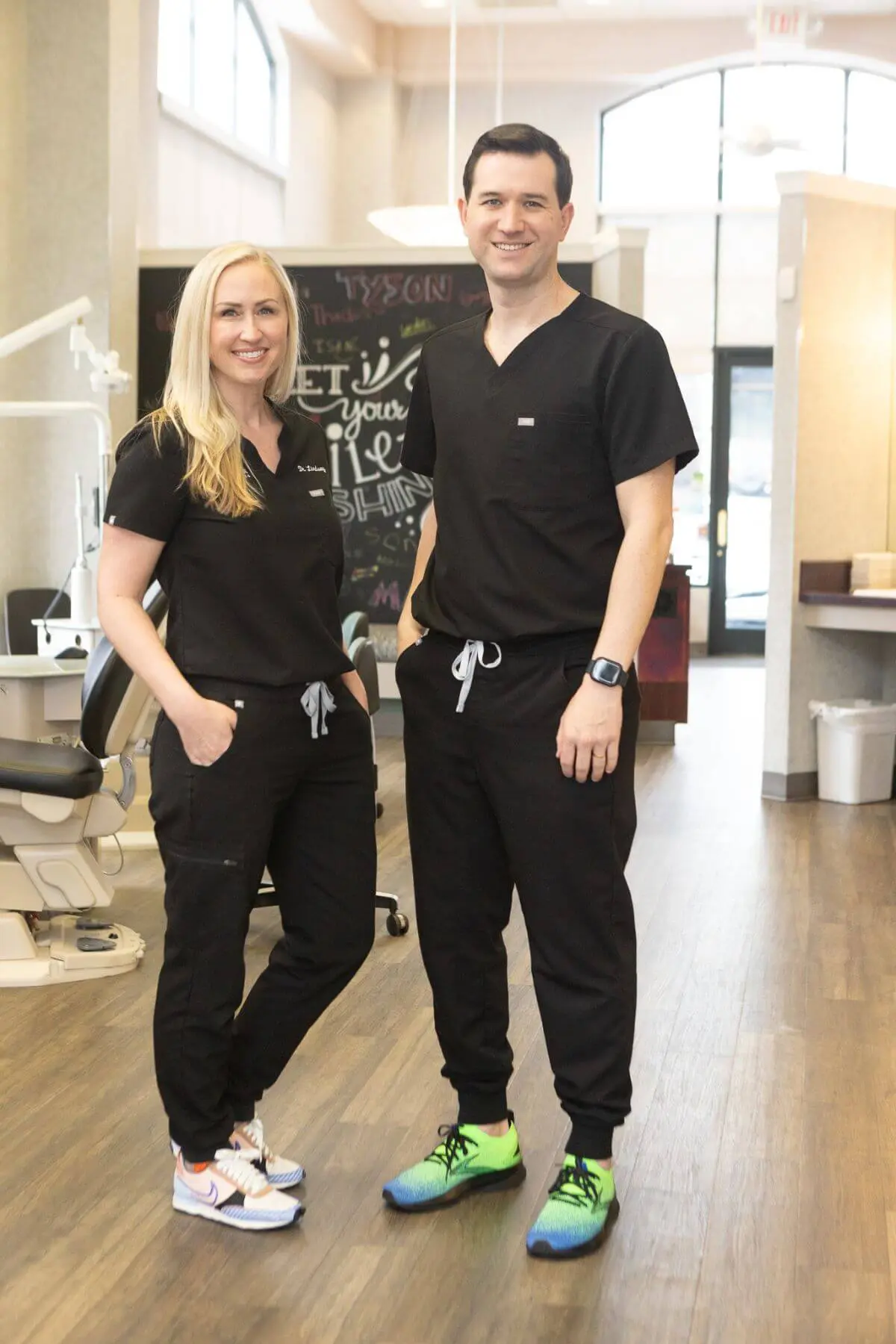These days, parents have more to keep track of than ever before. There’s practices to get to, permission slips to sign, playdates to schedule…and that’s on top of making sure your child is meeting all their milestones! It can be tough to keep up with everything scribbled into your planner, but you probably make dental hygiene a priority for your family. Most moms and dads understand how important dental care is for kids, and ensure everyone is brushing twice a day and seeing their dentist regularly. But did you know that orthodontic care also plays a big role in a child’s oral health?
This is one reason the American Association of Orthodontists recommends all children have an orthodontic evaluation by about the age of seven. Some parents are surprised to hear this, since kids that age still have a developing mouth with a good number of baby teeth remaining. However, that’s what makes childhood the perfect time to introduce orthodontic care! Here at Koerich Orthodontics, we see many patients from childhood through adolescence. We’ve seen firsthand how diagnosing and treating issues early on can have a positive effect on their smile as they grow.
There are many benefits to a preventative approach like this! It allows us to catch potential problems before they become more serious, which helps prevent them from having a negative impact on the child’s emerging permanent teeth and developing jaws. If you have a young child ready for their first orthodontic visit, we’d love to meet you both and see how their mouth is developing. When you schedule a free consultation with our Charlotte or Indian Trail office, there are several things our doctors will be looking for as they perform a comprehensive exam. Let’s explore these common issues below!
Tooth loss and eruption
Many people underestimate the importance of baby teeth. They all come out anyway, right? But the transition from primary to adult teeth matters more than you might think! Our baby teeth are placeholders for the permanent ones, and tend to fall out in a fairly regular pattern. Any significant deviation from this pattern can signal a developmental issue that may need further attention.
By seven years old, most children will have at least four permanent molars and up to four permanent incisors. If your child has more or less than this, it may indicate a problem with missing, crowding, or extra teeth as they grow. Dr. Leo and Dr. Lindsey can sometimes help prevent bigger issues from developing in the future by removing a primary tooth early on or maintaining the space where a tooth has been lost prematurely.
Crowding and spacing
An orthodontic specialist will be able to tell reasonably early in a child’s life if they have (or are likely to have) problems with excessive spacing or crowding of their teeth. Spacing issues may appear when a tooth is lost prematurely, where one has never developed, or even with teeth that are too small or spaced too far apart. If crowded teeth are a concern, we can often expand the arches or remove teeth to create more room as needed.
Misalignment
Crooked teeth tend to be more susceptible to excess damage and wear. If left untreated over time, this can affect the shape and position of the surrounding gum tissue. When we correct crooked teeth in early childhood, we can reduce some of that wear and tear and keep the gums from being compromised. This often has the added benefit of improving the appearance of your child’s smile and boosting their self-confidence!
Overbite
According to Dr. Michael Vracar, a family orthodontist in Tallahassee, FL, while front teeth that obviously protrude are generally seen as a cosmetic issue, they can also cause pain in the jaw and may affect the speech as well. If your child is dealing with an overbite, we may need to wait until their mouth is finished growing before attempting to permanently correct it. However, there are some things that Dr. Leo and Dr. Lindsey can do in the meantime to help reduce the severity of any present symptoms. They’ll discuss these options with you during your child’s consultation.
Underbite
Most underbites are due to problems with the teeth or jaw. In more severe cases, the lower jaw may grow too far forward. As with overbites, we will sometimes need to wait until your child has finished growing to complete treatment for an underbite. This phase of growth will usually occur by around the age of sixteen. Even when a waiting period is involved, early treatment is beneficial! Attempts to normalize the bite as much as possible, as early as possible, will help avoid bite-shifting and damage to the front teeth.
If we do notice an underbite in your young child, we have a treatment option available called “jumping the bite.” This involves using braces or headgear to get a headstart on treatment before completing it in their teenage years. Children who are treated for an underbite between the ages of about 7-10 are much less likely to need jaw surgery when they are older.
Posterior crossbites
Posterior crossbites can cause crowding in the mouth and may also result in the jaw shifting from one side to the other. When this is caught early, we’re sometimes able to expand the upper jaw around 7-10 years of age. This can reduce any crowding, creating space for the front teeth to erupt. Expansion also helps eliminate shifting that’s present due to a constricted upper jaw.
Anterior open bites and deep bites
These are vertical problems with the bite that can normally be spotted by the time a child’s ready for their first orthodontic visit. In bites that are too deep, the top teeth can completely cover the bottom ones when biting and may be an indication of a small lower jaw. In contrast, open bites often don’t overlap enough. This may be a sign that there is a finger, thumb, or tongue habit causing dental problems. Whatever the root cause, we’ll work with you and your child to eliminate any destructive habits early on, allowing normal development to continue.
Help your child find their best smile at Koerich Orthodontics
Early orthodontic evaluations are one of the easiest ways to set your child up for a lifetime of healthy smiles! Identifying and correcting problems in younger children will save you time, money, and effort in the long run. Preventative treatment can also help your child avoid more invasive treatment later in life. Procedures performed after your child’s jaw bones harden and stop growing can sometimes involve more serious treatment like tooth extraction or oral surgery. If you have a child ready for an orthodontic evaluation, get in touch today and let’s get started!
